2013.01.27
Himawari Festival brings forth golden sunflowers
At first mention of a flower with a smiling face, everyone thinks of a sunflower, and the Himawari Festival pays homage to Japan’s “earliest sunflower”.
About 40,000 sunflowers begun in plantations in central Okinawa are in bloom, about 10% of the 400,000 sunflowers in the fields, and horticulturists say now’s a great time to see them. The plantations at Adaniya and Ogidou, a total of about 10,000 square meters, are becoming a brilliant golden yellow. The vivid yellow-gold colors of sunflowers are making their presence known in Okinawa, and the Kitanakagusuku Village area is hosting a festival to celebrate.
The weather hasn’t been too cooperative in the days leading up to the festival, but children and tourists are already flocking to the area to visit and take pictures. The sunflowers organization chairman, Hisakatsu Oshiro, thinks the sunflowers are beginning to bloom nicely, and that a few days sunshine will help a lot, noting “the sunflowers are getting ready, so please come and see these perfect sunflowers.”
The sunflower, which is indigenous to America before migrating to Asia via Europe in the 16th century, is enjoying sunshine’s return after being impeded by cool temperatures and rain, their huge, fiery blooms tracking the sun daily from east to west. Mainland Japan is celebrating the sunflower’s bright color with the Kitose Himawari Festival, which will also see the sunflower and its broad, coarsely toothed and rough leaves and circular flower heads consisting of 1,000-2,000 individual flowers linked at the receptacle base.
The sunflower’s popularity was enhanced when its flavorful oils were squeezed out and the product became a widespread cooking ingredient. Sunflower leaves aren’t wasted, either, being used for cattle feed and the fibrous stems for paper production.
Sunflowers often grow to 1.5~5 meters (5-12’) tall, with the flower petals within the sunflower’s cluster are usually in a spiral pattern. Generally, each floret is oriented toward the next with typically, 34 spirals in one direction and 55 in the other; on a very large sunflower there could be 89 in one direction and 144 in the other.
The Sun Flower in Kitanakagusuku Festival begins Saturday and runs through February 11th, and admission is free at Kitanakagusuku Himawari Field near the Kitanakagusuku Junior High School.


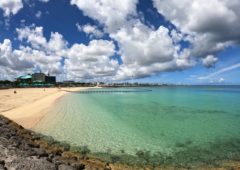 2024.04.10
2024.04.10 2024.01.31
2024.01.31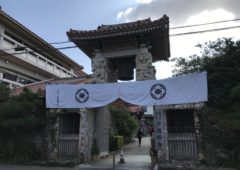 2024.01.02
2024.01.02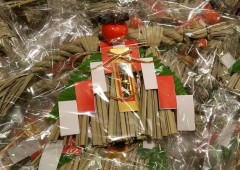 2023.12.27
2023.12.27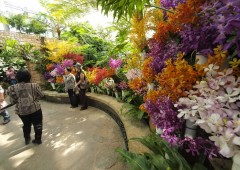 2023.11.16
2023.11.16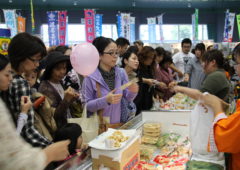 2023.11.14
2023.11.14 2023.11.10
2023.11.10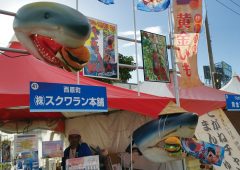 2023.10.26
2023.10.26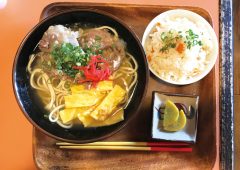 2023.10.16
2023.10.16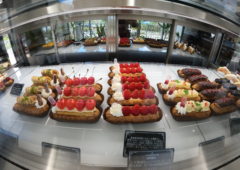 2023.09.14
2023.09.14






